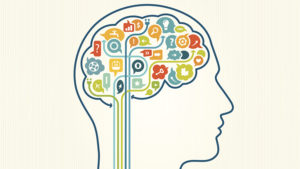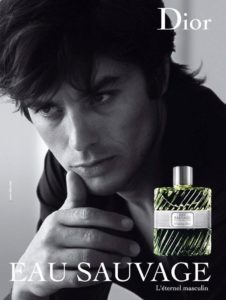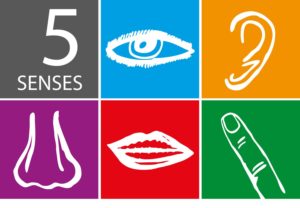I watched an Olivier Roland’s video and I learned good stuff.
If you didn’t read the Part 1, click here .
Let’s continue with the memory.
Memory
In the theme of memory, there are several elements that greatly influence the behavior of the human brain. These are memory, somatic markers and mirror neurons. For information to be stored in memory for the long term, it’s necessary to encoded them. These are only useful information related to personal interest, an exceptional event are related to a strong emotion that will be transferred into this memory.
A consumer will keep in mind mainly advetisements and brands corresponding to these criteria, the others will be forgotten. It’s for this reason that there is a low rate of memorization of the majority of advertising on television and that even if the repetition of these advertisements has a positive effect on memory.
Somatic markers
Consumers unconsciously follow the influence of their own somatics.
Memories are mainly related to emotions or sensory stimuli are stored in the subconscious. These memories reactivated when the person confrontated with the same emotions or stimulis. Organize somatic sensibility of brands work a lot to create an emotional image based on a real or invented story. These stories (storytelling) can recall happy or exceptional moments in the memory of consumers.
A brand tells its story in a saga’s form with feeling and values of heroes. The purpose of this saga is to create for consumers a feeling of nostagic affection for the past.
Emotions and desirs in decisions
Communication is better memorized with emotions. Accessing the consumer’s emotional memory is a great way to attract sympathy. Nostalgia of the past inscribed in the somatic markers bring moments of joy. To reactivate these moments of joy, it’s necessary to use known characters living or dead. For example, Christian Dior’s Eau Sauvage is represented by the actor Alain Delon when he was young.
Songs that touched consumers in the past are taken up to create a feeling of nostalgia and the goal is to transfer that feeling of nostalgia to a brand or a product to promote.
Fear is used with consumers who don’t control their emotions well. This speeds up the sale of a product/service that can reduce or eliminate the problem. You have to be careful because fear can become anxiety , if it’s too intense or there is an important dilemma of choice. Often a consumer frustrated after choosing a product/service based on fear because he/she thinks he/she missed a better offer.
Emotion marketing based on « zero frustration » principle for the customer consists in detecting all emotions felt by the consumer before and after the purchase process. This is another concept that aims to satisfy consumers by overcoming emotional frustrations. The entire marketing process (product, price, distribution, sales, communication) based on this concept.
Sens
Sight
Using senses improves the effectiveness of marketing and creates a lasting link with a brand. In 2005, 99% of brand communication based on 2 senses : sight and hearing. In fact 1/3 of our brain is devoted to sight and sound, 70% of sensory receivers of our body are in our eyes and 80% of the information we receive are visual.
The best way to get the attention of the human brain is through sight. It’s for this reason design is important for packaging, website, advertising, smartphone application. Design is important for a logo and to improve the memorization of a logo. The trend is to simplify as for the Coke’s logo. The link between colors, a symbol and a brand allows to activate a somatic markers stored in the emotional memory of consumers.
Some brands can be recognized only with a symbol without the name, this is the case with the Nike’s Swoosh.
Hearing
Sound is an effective way to reach consumers. Sounds are used in marketing with ads, jingles, songs of a brand.
Music can give you energy or relax. Music is very often linked to memories or past experiences. Music is a good strategy for building a strong brand in the mind of consumers.
Auditory marketing has the same principles as sensory marketing, it’s a notion of coherence. There is no good or bad music, the music or the sound is consistent with the target (type of consumers) and the goal sought.
Smell
Smell is a great way to access memories and emotions. The link between smells and emotions is able to influence the mood, create a state of awakening or relaxation and reactivate emotional memories. There are smells that are psychological stimulants and others have relaxing and calming properties. Odors can build effective links with a brand.
Touch
Touch is the essential meaning for the survival of the human being. Touch can influence the decision of a purchase but it depends on consumers and the product’s category. Not being able to touch a product reduces consumers confidence, especially if the consumer needs the product quickly. To compensate the absence of touch in distance selling, it’s necessary to put several pictures and make a detailed written description of the product.
This is the end of the 2nd part. Taste other things will be in 3rd part.
Share this article if you think it can help someone you know. Thank you.
-Steph




